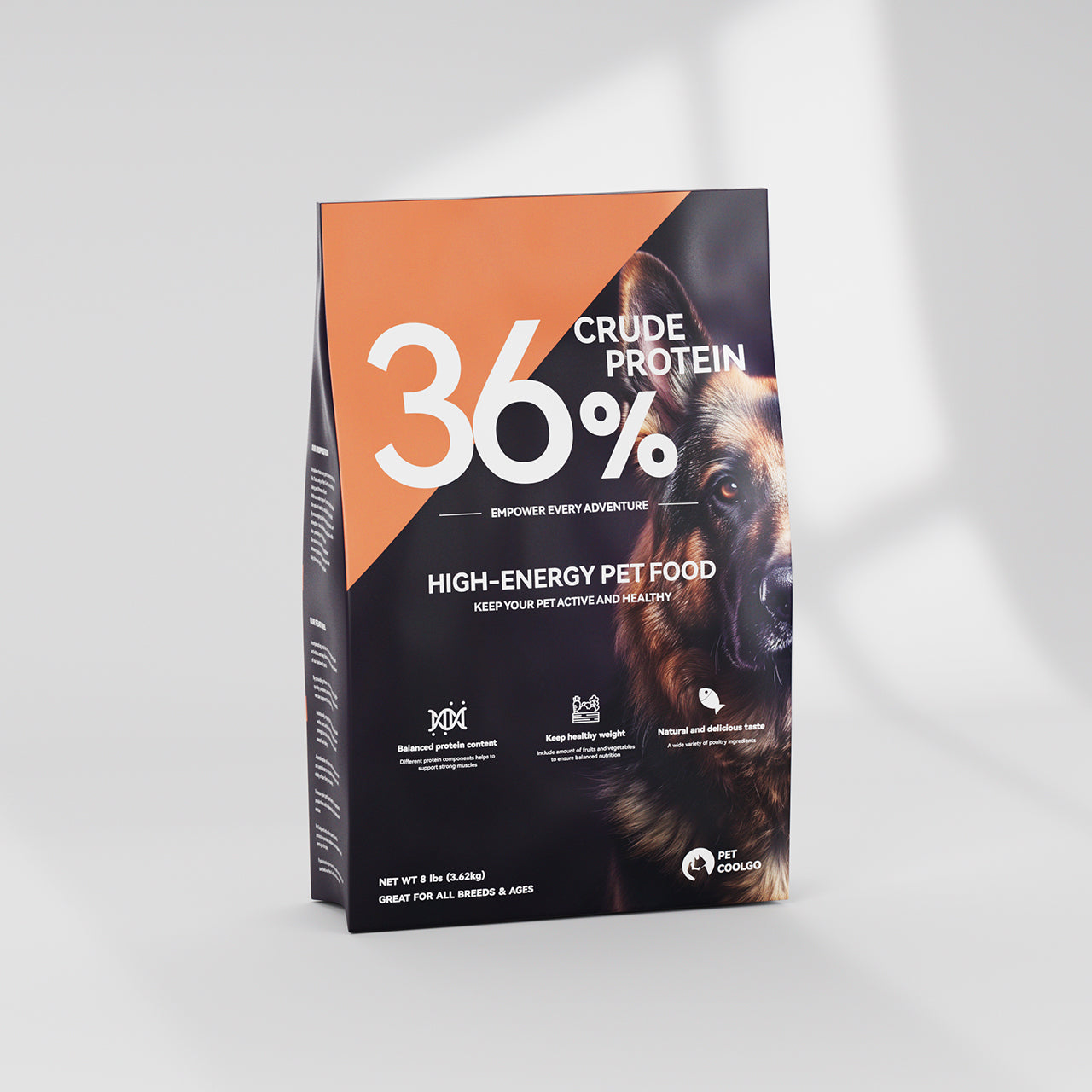Unlock the Secret to Energizing Your Active Pup with the Ultimate Protein-Packed Dog Food!
As any devoted dog owner knows, providing our furry friends with the right nutrition is paramount to their health and happiness. For active and large breed dogs, this need is even more pronounced. These energetic companions require a diet rich in high protein dog food to support their muscle maintenance and energy levels. However, the abundance of dog food options can make it challenging to find the right fit. Many pet owners often feel overwhelmed by the variety of formulations available, leading to confusion over what truly meets their dog’s nutritional needs. This article aims to explore high-protein dog food options and offer insights that can help you make informed decisions for your active pup.

Understanding the Nutritional Needs of Active Dogs
Active dogs, particularly large breeds, have distinct dietary requirements. The cornerstone of their diet should be a high-protein content, which plays a crucial role in muscle maintenance and energy production. Protein helps in building and repairing tissues, especially after vigorous play or exercise. Furthermore, these dogs also need a balanced intake of carbohydrates, fats, vitamins, and minerals to support their energetic lifestyles. Essential nutrients like omega-3 fatty acids, which can be found in fish and certain plant oils, are also important as they contribute not only to overall health but also to joint and skin health. By understanding these specific needs, pet owners can ensure their dogs receive a well-rounded diet tailored to their active lifestyle.
Benefits of High Protein Dog Food
High-protein diets offer numerous advantages for large and active dogs. First and foremost, they are linked to increased energy levels, enabling dogs to engage in play and exercise with enthusiasm. Additionally, a protein-rich diet supports muscle development, which is crucial for active dogs that require strength and endurance. Beyond energy and muscle maintenance, high-protein foods can also positively impact overall health, including the quality of a dog's coat and skin. Some dog owners, including a friend of mine who has a large breed, noticed a remarkable difference in their dog’s coat shine and vitality after switching to a high-protein diet. Thus, providing a protein-packed diet not only fuels your pup’s adventures but also enhances their health and appearance.
Key Ingredients to Look for in Dog Food
When selecting high-protein dog food, it is essential to pay attention to the ingredients list. Look for specific meats such as chicken, beef, or lamb as primary ingredients, as these sources provide high-quality protein. Fish is another excellent choice, especially for its omega-3 fatty acids, which support brain health and reduce inflammation. For those who prefer plant-based options, legumes and certain grains can also contribute to protein content. It's important not only to focus on protein quantity but also on quality. Ingredients rich in omega-3 fatty acids, such as flaxseed or fish oil, should be included as they enhance overall health, promoting a shiny coat and healthy skin.
Best Practices for Choosing Dog Food
Choosing the right dog food for your large and active pup involves careful consideration. Start by reading the labels and understanding the ingredient list. The first few ingredients should ideally be high-quality protein sources. Consider whether a dry food or wet food formulation suits your dog's preferences and lifestyle. While dry food is often more convenient and helps maintain dental health, wet food can be appealing for picky eaters. Additionally, consulting with your veterinarian can provide personalized insights based on your dog’s specific needs and health conditions. Remember, a well-informed choice leads to better health outcomes for your furry friend.
Transitioning to a New Dog Food
Transitioning your dog to a new high-protein diet should be done gradually to prevent digestive upset. Start by mixing a small amount of the new food with their current food, gradually increasing the new food's proportion over a week. This slow introduction allows your dog's digestive system to adapt to the changes. Monitor your dog during this transition; look for any signs of discomfort or allergies, such as changes in stool consistency or skin irritations. By taking this careful approach, you can help ensure that your dog enjoys their new food without any adverse reactions.
Enhancing Your Dog's Nutrition for a Healthier Life
In summary, providing high-protein dog food tailored for large and active breeds is essential for maintaining their energy levels, muscle health, and overall well-being. By understanding their nutritional needs and selecting the right ingredients, you can significantly enhance your dog's quality of life. Remember to make informed choices and monitor your dog's response to any diet changes. Investing in your dog's nutrition is an investment in their health and happiness, ensuring that they can lead an active and fulfilling life.








